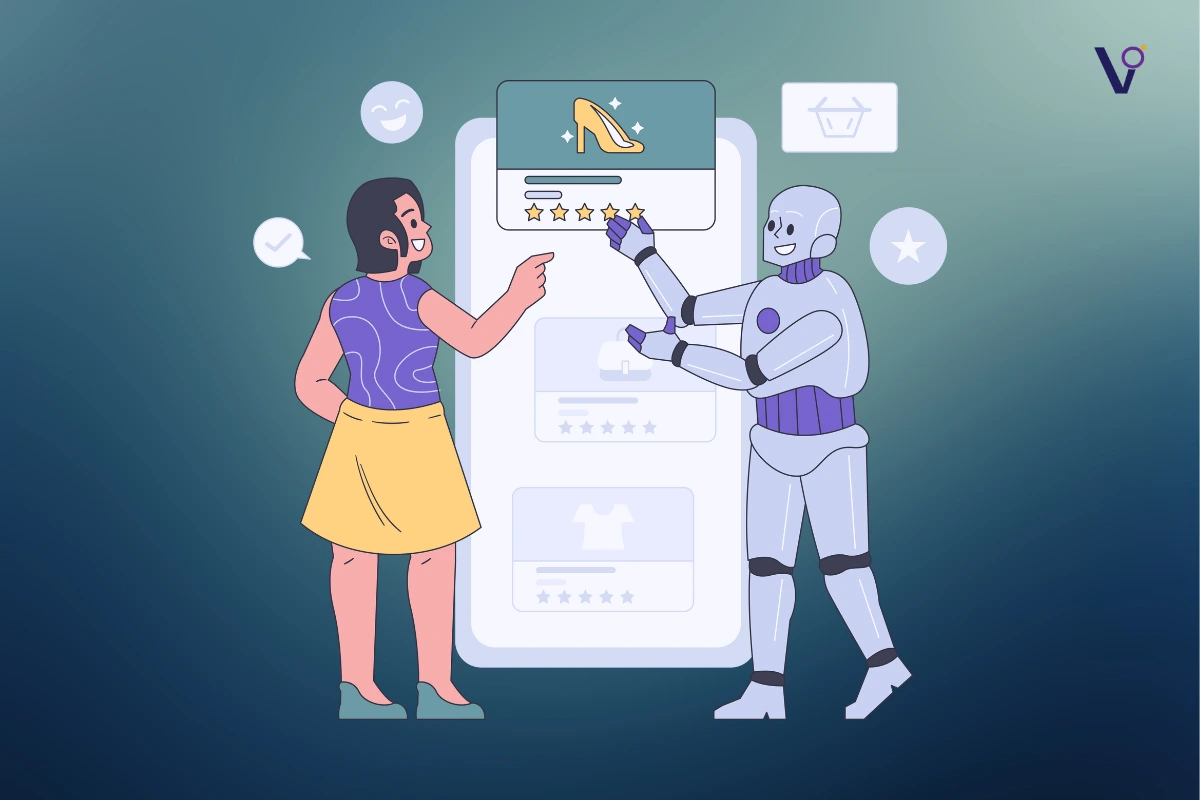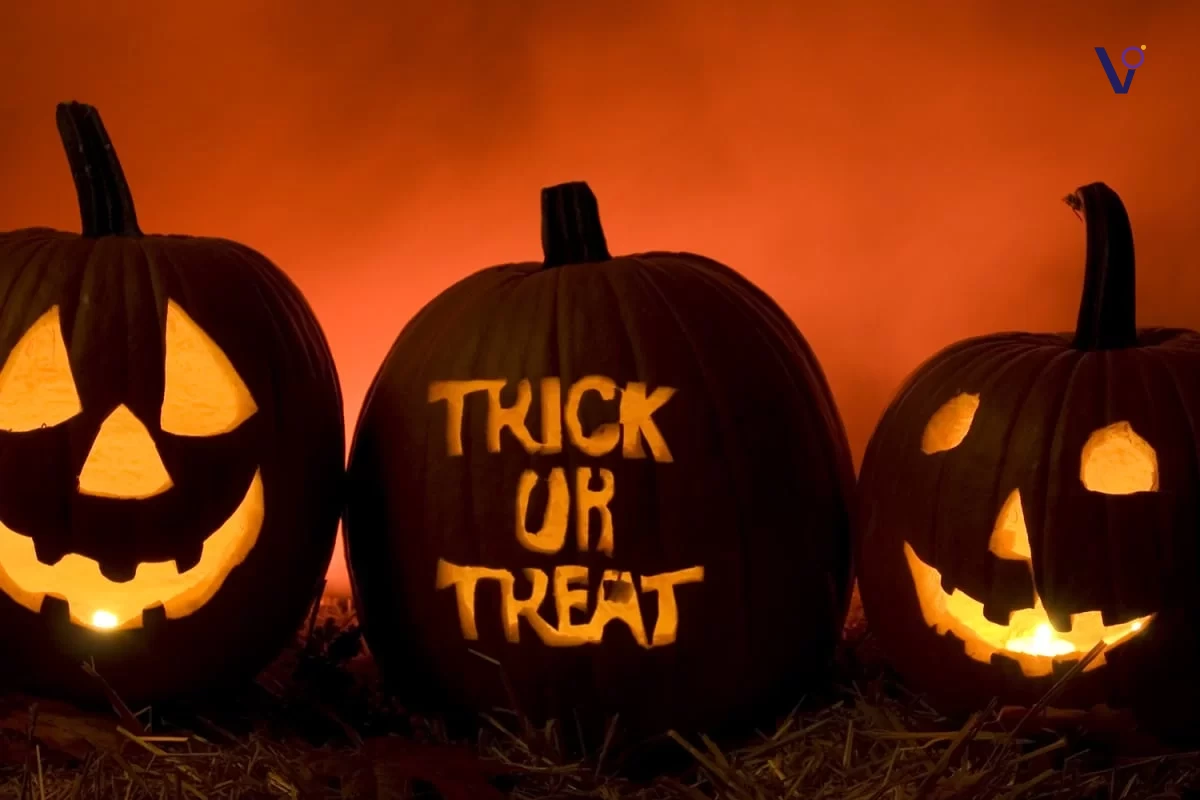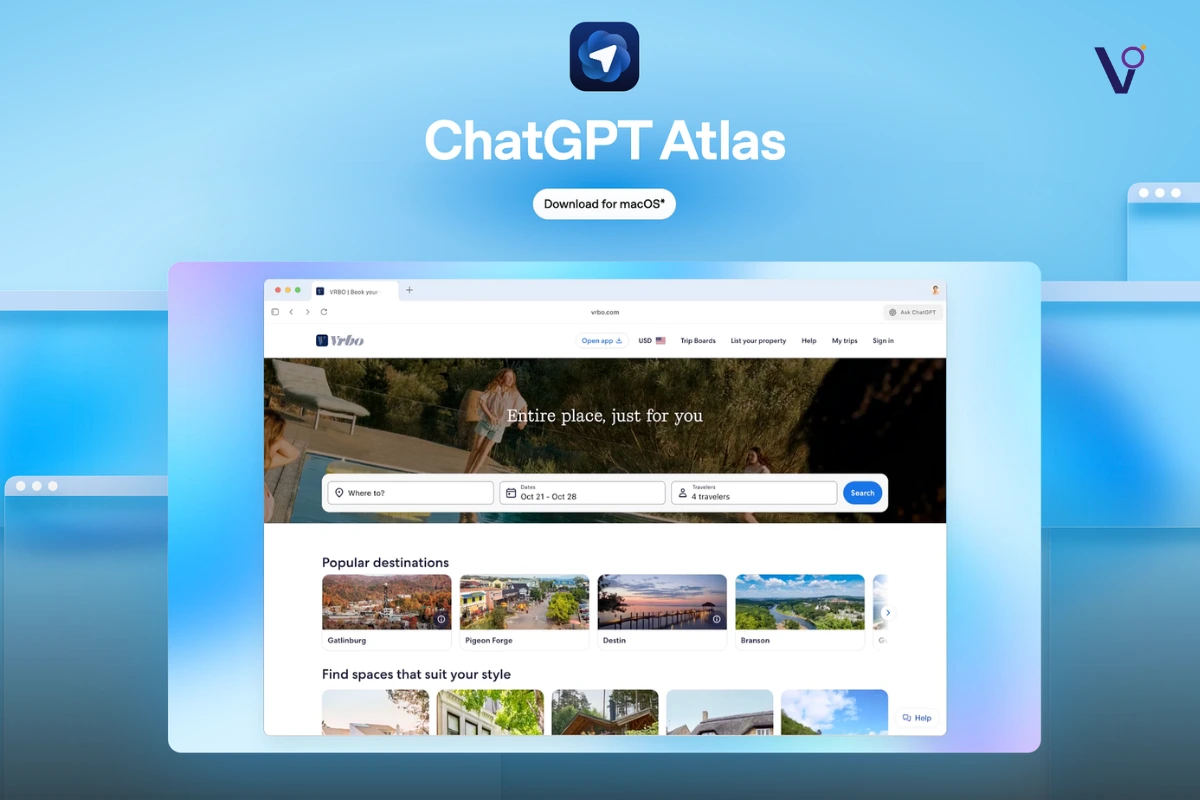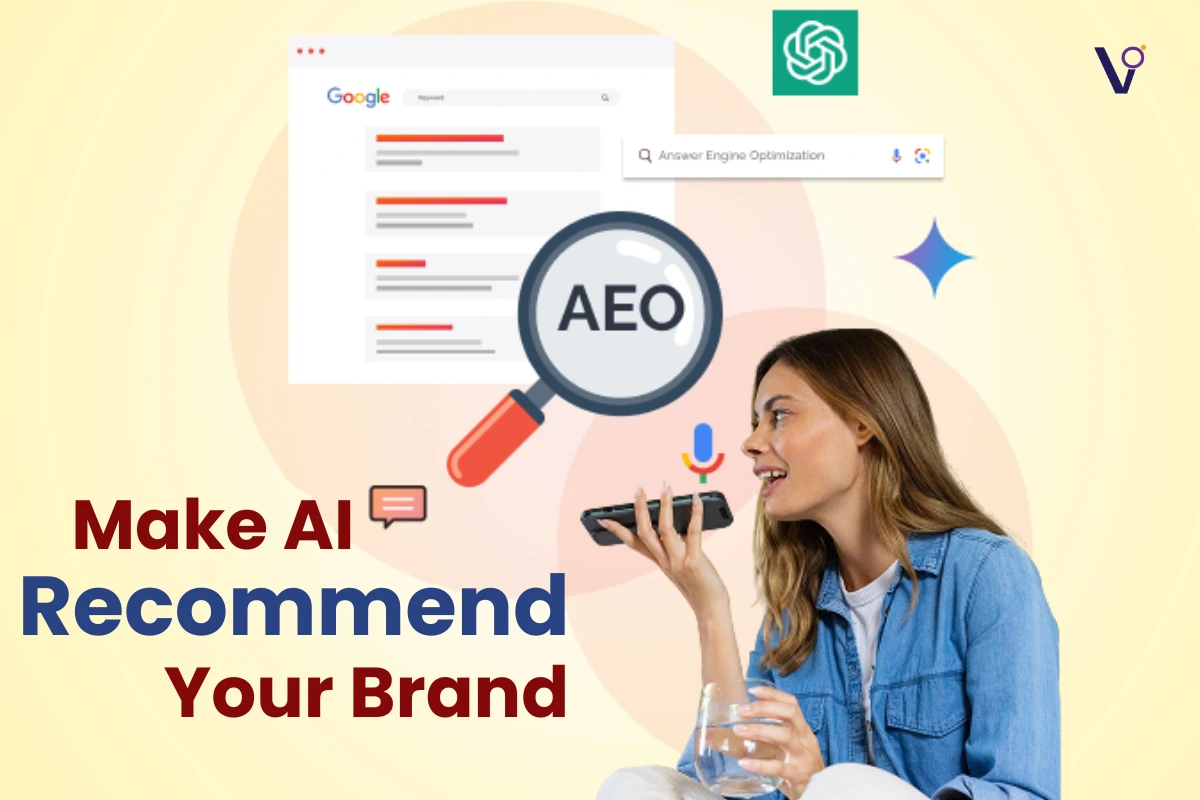30 years ago, businesses welcomed word processors and spreadsheets, expecting a revolution in productivity. Yet, work didn’t decrease – documents got longer, data became overwhelming, and decision-making became more complex. But now that we welcome AI in Marketing, not so much.
AI can increase marketing productivity by as much as 50%, industry estimates suggest. But what does this imply for brands, marketers, and business leaders?
The Evolution of Marketing
Historically, marketing has been a right-brained field, emphasizing creativity, narrative, and emotional connection. It was about knowing the consumer, creating great messages, and getting the right product to the right people at the right time.
But in the last 15 years, digital marketing and data analysis have pushed marketing more toward left-brained activities – like performance marketing and marketing technology.
Now, with generative AI, this transition is accelerating. According to research by Boston Consulting Group and Harvard, AI applications such as ChatGPT have the potential to boost marketers’ creative output by 40%. This raises an interesting question: What will marketers do with all this added efficiency?
Instead of doing less, AI might enable more content, more campaigns, and more ideas.
The Effect of AI-Generated Content
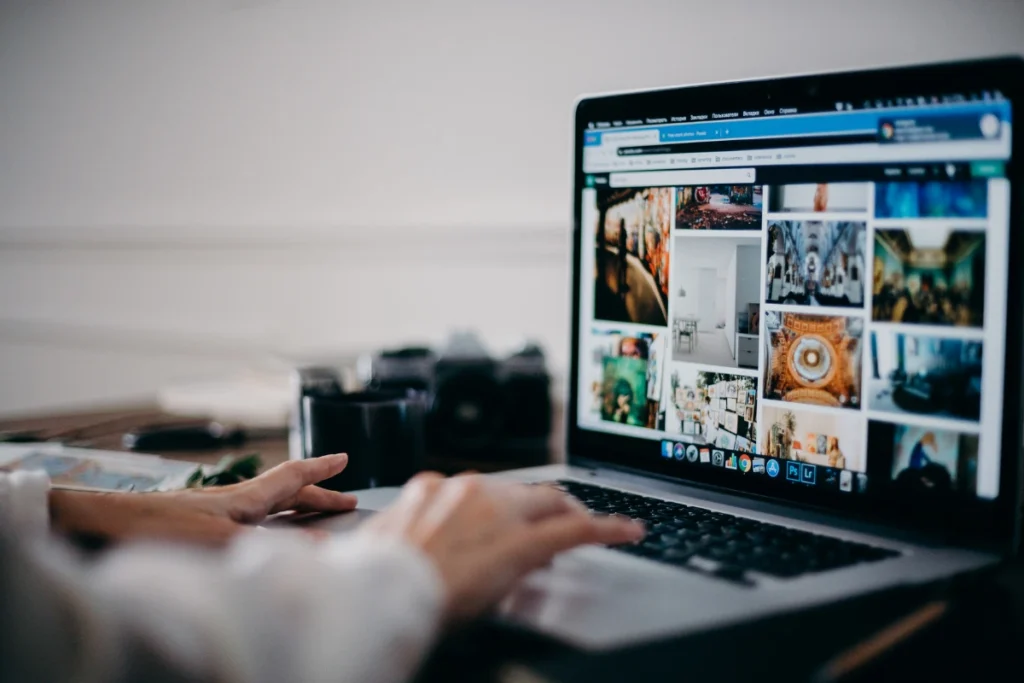
1. Opportunities: Hyper-Personalization at Scale
For consumers, AI can create highly personalized experiences like never before. Imagine receiving an email from your favorite brand with:
- Images featuring people who match your age and preferences.
- Products perfectly aligned with your past purchases.
- Chatbots offering human-like conversations tailored to your queries.
2. Challenges: The Risk of Content Overload
But there is a flip side – content saturation. Customers are already overwhelmed with marketing messages on various platforms. If brands are not careful, AI-created content may result in an ocean of sameness, where everything looks and sounds the same.
This is where strategy comes into play. AI can increase efficiency, but if not utilized judiciously, it can homogenize creativity, making differentiation even more difficult.
Future of AI in marketing
For marketing teams, AI integration is not just about applying new tools – it’s about redefining marketing operations strategically. Winning brands will have to invest in AI-driven marketing teams that consist of:
- Marketing data scientists
- Data engineers
- AI specialists
AI can forecast consumer behavior, campaign performance, and sales patterns. For instance, a consumer goods firm recently implemented AI-powered predictive tools throughout its organization.
AI in marketing Examples
Even Kim Kardashian is embracing AI! Her latest Skims campaign featured AI-generated images – but not to replace photographers or directors. Instead, AI was used for prototyping and creative experimentation.
Tools like Ideogram are perfect for:
- Mood boards
- Mockups
- Concept testing
Think of AI as a creative sidekick – you provide the vision, and AI speeds up the process. Whether you’re a student, a designer, or an entrepreneur, now is the time to experiment with AI.
How Do You Apply AI to Branding and Marketing?
Let’s break it down.
1. Make Your Marketing Personal
Remember when marketing was one-size-fits-all? Those days are over. your content needs to be hyper-personalized, allowing you to customize your brand message for every single customer.
Ever curious about how Netflix always knows what you’ll love to watch next? That’s AI at work! Netflix learns what you watch, for how long you watch it, and even which thumbnails you notice. Then, it tailors your homepage so that you always discover something you’ll love.
2. Create Positive Brand Interactions (Without Being Pushy)
Ever had a conversation with a genuinely helpful chatbot? That’s AI again.
No one likes pushy salespeople, but everyone loves helpful advice. Sephora uses AI-powered chatbots to recommend products, help customers choose makeup, and even let them try on looks virtually. It feels like chatting with a beauty expert – without the pressure to buy.
3. Automate the Boring Stuff
Let’s face it: Not all branding and marketing tasks are exciting. AI can handle tedious tasks like scheduling posts, summarizing reports, and managing ad budgets. This frees up time for creative work – storytelling, refining your brand voice, and crafting viral campaigns.
Fun fact: Businesses using AI experience an 80% increase in productivity. Sounds like a win-win, right?
4. Accelerate Your Design Process
Graphic design can be time-consuming, but with Canva’s AI-based features, it is simple. Its “Magic Design” feature even recommends layouts, colors, and fonts, and makes it easy for anyone to create professional content within minutes.
5. Polish Your Brand Elements
AI is not just used for creating content – it is also used to see what performs. After designing your logo, selecting brand colors, and starting your campaign, AI can monitor how consumers react.
Coca-Cola is implementing this strategically. It tests designs with AI before bringing them to market. AI software evaluates colors, logos, and messaging to determine what resonates and what doesn’t.
6. Create Immersive Brand Experiences
Ever gotten virtual makeup? L’Oréal’s AI-powered try-on tool lets customers see how products look before buying. It makes shopping interactive and fun, which leads to more sales.
7. Accelerate Content Creation
Tired of wrestling with content? AI to the rescue. Generative AI applications can generate blog posts, social media posts, and ad copy in minutes. Believe it or not, 55% of marketers already utilize AI for content marketing, and its usage is expanding. The good news? AI doesn’t simply spit out bland content – it can be trained to sound like your brand, talk like your brand, and look like your brand.
8. Hear Your Audience
Nike employs AI to monitor what is being said about their brand on the internet. Rather than reading through thousands of comments, AI reads social media and reviews to find trends and customer sentiment. Star applying the same for your brand.
9. Maintain Brand Consistency
Consistency is key in branding. The most iconic brands appear and feel the same everywhere. Apple’s brand is always neat and clean, no matter whether you see it on a billboard or an Instagram commercial. That is because AI makes their colors, typography, and messaging consistent on every platform.
In conclusion, implementation of AI in Marketing isn’t replacing creativity – it’s enhancing it. So, how will you apply AI to your branding and marketing? The possibilities are limitless.
AI personalizes customer experiences, automates tasks, analyzes consumer behavior, and enhances brand interactions through chatbots, predictive analytics, and immersive experiences.
L’Oréal’s AI-powered virtual try-on allows customers to test makeup digitally, boosting engagement and purchase decisions.
McDonald’s uses AI to analyze customer orders, predict trends, and enhance its digital menu recommendations for better personalization.
AI refines brand elements, ensures consistency across platforms, and enhances customer engagement through immersive and interactive experiences.
